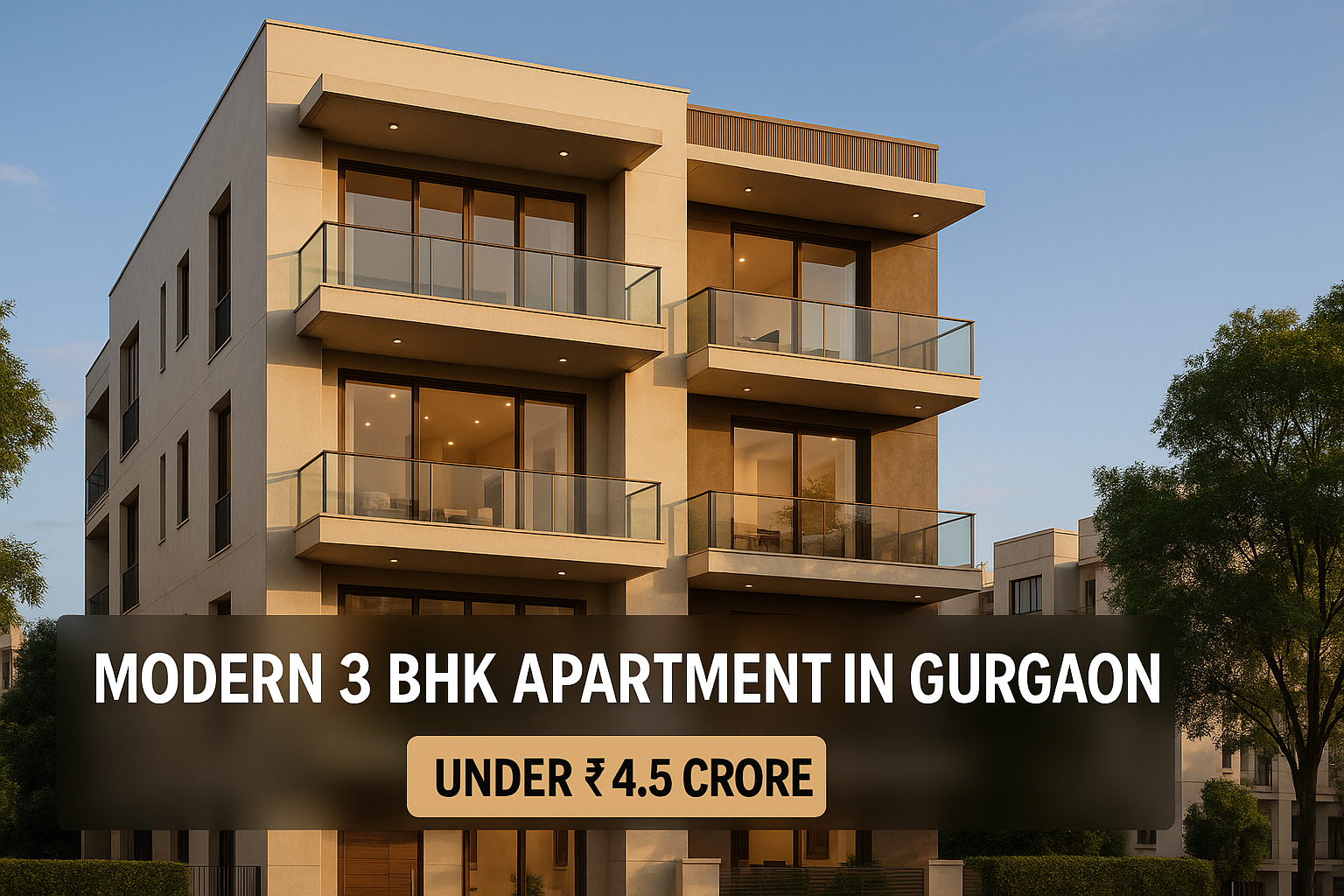Residential Real Estate: A Market on the Rise
India’s residential real estate sector is experiencing robust growth in 2025, driven by urbanization, rising incomes, and favorable government policies. Major metropolitan areas like Mumbai, Delhi-NCR, Bengaluru, and Chennai are witnessing increased demand for housing, particularly in the mid-income, premium, and luxury segments. The surge in demand is also evident in tier-2 cities, where improved infrastructure and connectivity are attracting both developers and buyers.
Luxury Housing: A Growing Preference
The luxury housing segment in India has seen a significant uptick, with a 28% year-on-year increase in Q1 2025. High-net-worth individuals (HNIs) and non-resident Indians (NRIs) are driving this demand, seeking properties that offer exclusivity, advanced amenities, and strategic locations. Cities like Delhi-NCR, Mumbai, and Bengaluru are leading in luxury housing sales.
Infrastructure Development: Catalyzing Growth
Infrastructure projects are playing a pivotal role in shaping real estate trends. For instance, property prices along the Dwarka Expressway in Gurgaon have nearly doubled over the past four years, attributed to improved connectivity and infrastructure developments. Such enhancements are making previously overlooked areas attractive for both residential and commercial investments.
Sustainable and Smart Homes: The New Norm
Homebuyers in 2025 are increasingly prioritizing sustainability and smart technology in their homes. Features like energy-efficient designs, solar panels, rainwater harvesting systems, and smart home technologies are becoming standard expectations. Developers are responding by integrating these features to meet the evolving preferences of environmentally conscious buyers.
Commercial Real Estate: Resilience Amidst Change
Despite global uncertainties, India’s commercial real estate sector remains resilient. The office segment, in particular, has shown strong performance, with record leasing activities in major cities. Flexible workspaces and the adoption of hybrid work models are influencing the demand for office spaces, leading to innovative developments in this sector.
Investment Outlook: Positive Momentum
The investment landscape in Indian real estate is projected to maintain positive momentum throughout 2025. Renewed capital inflows into built-up office and warehousing assets, along with a robust acquisition pipeline for residential development sites, are fueling this growth. Metropolitan and tier-I cities are expected to remain primary recipients of equity inflows during the year.
Regulatory Developments: Enhancing Transparency
Regulatory bodies are taking steps to enhance transparency and protect consumer interests. For example, the Telangana Real Estate Regulatory Authority (TGRERA) has established its own enforcement wing to ensure more effective compliance with directives, addressing persistent delays and non-compliance by builders and developers.
Conclusion
The Indian real estate market in 2025 is characterized by dynamic growth, driven by increased demand across residential and commercial sectors, infrastructure developments, and evolving consumer preferences towards sustainability and smart technologies. With positive investment trends and proactive regulatory measures, the sector is poised for continued expansion, offering opportunities for buyers, investors, and developers alike.
FAQs
Q1: What are the key factors driving residential real estate growth in India in 2025?
Urbanization, rising incomes, favorable government policies, and infrastructure developments are the primary drivers of residential real estate growth.
Q2: Why is there a surge in luxury housing demand?
High-net-worth individuals and NRIs are seeking exclusive properties with advanced amenities, leading to increased demand in the luxury housing segment.
Q3: How are infrastructure projects influencing real estate trends?
Infrastructure enhancements, such as improved connectivity and transportation, are making previously undervalued areas attractive for investment, boosting property values.
Q4: What features are homebuyers prioritizing in 2025?
Homebuyers are focusing on sustainability and smart technologies, seeking homes with energy-efficient designs and integrated smart systems.
Q5: How are regulatory bodies contributing to the real estate sector’s growth?
Regulatory bodies like TGRERA are implementing measures to ensure compliance and transparency, enhancing consumer confidence and sector stability.


